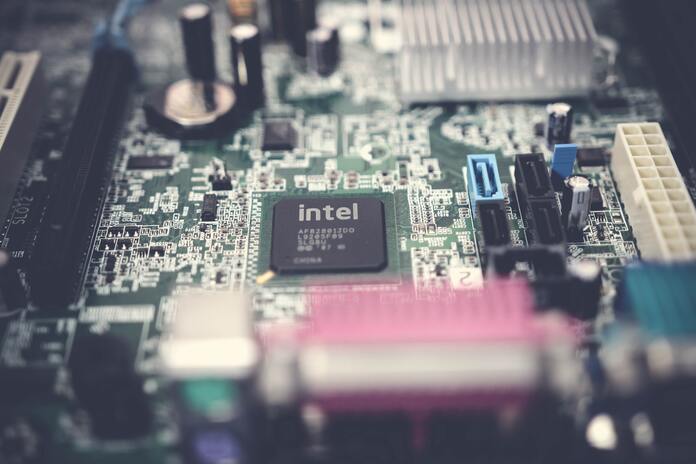After today’s market close, Intel (NASDAQ:INTC) is anticipated to release the results of its financial performance for the second quarter. Investors will be paying particular attention to the results of Intel’s data center segment, which has battled to preserve its once-dominant position in the face of competition from Nvidia (NASDAQ:NVDA) and Advanced Micro Devices (NASDAQ:AMD). Any favorable results could enthuse investors after recent quarters saw Intel’s profits decline due to sluggish demand for computers and the company’s own hefty investment to recover market leadership. In recent quarters, Intel’s profitability fell because of weak demand for computers. Intel stock has fallen by 13.7% over one year, but has gained 29.7% year-to-date.
It is anticipated that Intel’s earnings for the second quarter will decrease by -47 cents per share on revenue of approximately $12 billion, which would represent a decline of -22% compared to the same period a year ago. The research firm Blomberg Intelligence forecasts that full-year sales for Intel would drop by 18.5%, which is far higher than the predicted decline of 8.9% for the chip industry as a whole. Intel is currently trading at a discount to both its 10-year average and the Philadelphia Stock Exchange Semiconductor Index ($SOX), where it is trading at 2.6 times expected sales.
Intel has taken a number of efforts to save money and enhance its profitability, including slowing down its spending on new plants and reducing its dividend, in spite of projections that its sales will decrease and that its income will shrink. The management of Intel has stated that the firm is continuing to make progress toward its goal of reclaiming manufacturing leadership by the year 2025, which the company believes will be a driver of growth. The analyst Sanford C. Bernstein stated that “On the other hand, investor interest is shifting away from Intel’s core markets,” and that “the question of what AI and accelerators might mean for the data center CPU market is now garnering more attention.”
Analysts are of the opinion that the measures that Intel has made to cut costs and increase its profitability will soon be reflected in the company’s financial results. The Futurum Group issued the following statement regarding Intel: “While caution is warranted, Intel is trading at an incredibly low multiple, expectations are extremely low, and any signs of strength or growth could lead to a rally on the idea that it was oversold and underpriced.” In addition, Citigroup has recently initiated an upside catalyst watch on Intel, with the expectation that the company’s earnings results will provide “upside to estimates from the PC recovery.”
The majority of analysts continue to harbor skepticism over a rebound in Intel. The recommendation consensus on shares of Intel is the lowest of the 30 components that make up the Philadelphia Stock Exchange Semiconductor Index. This is a proxy for the ratio of buy, hold, and sell ratings that analysts have given for Intel stock. Once upon a time, 99% of the server market was controlled by Intel’s Xeon CPUs. The tremendous increase in artificial intelligence (AI) hardware, on the other hand, has data center owners turning to chips built by Nvidia, which has caused its stock price to triple this year, and chips created by Advanced Micro Devices, which has caused its shares to surge 70% compared to the 30% rise that Intel has had this year. “Intel needs to have a role in AI,” stated Futurum Group, “and it can be a solid beneficiary of AI even if it is number two or three behind Nvidia.”
Featured Image: Unsplash















